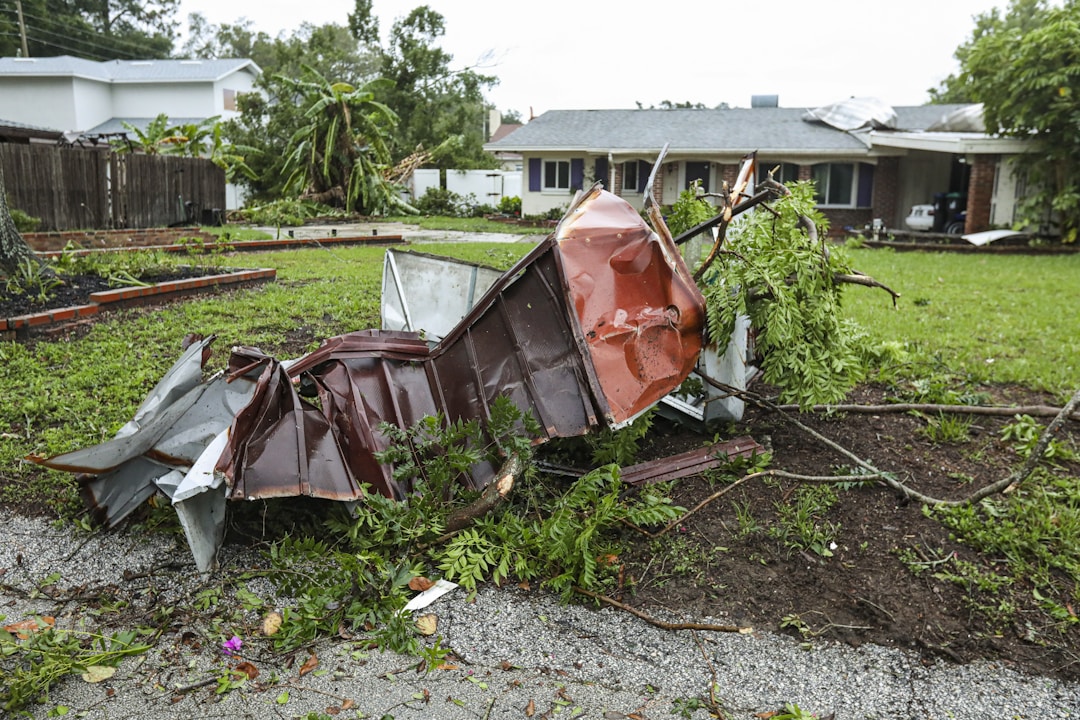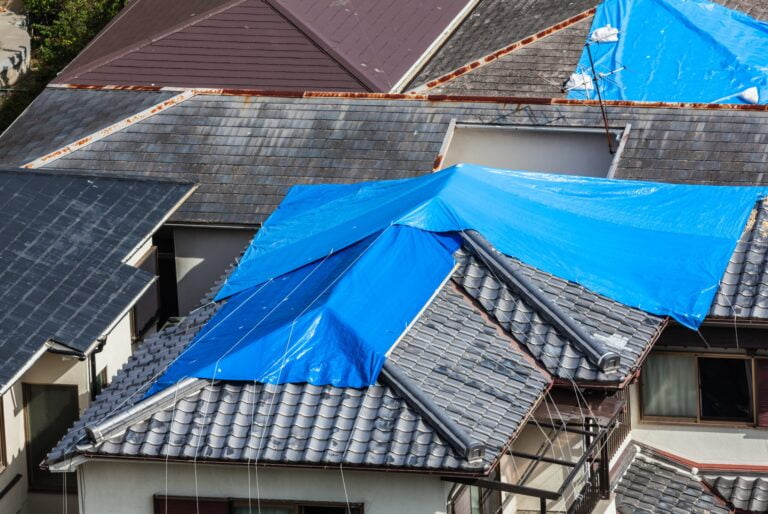When the stormy grey skies retire and the sun pops up, the unhinged reality of a tornado’s or hurricane’s devastating aftermath might hit close to home. The gusty winds, torrential rainfall, thunder, and lightning could have wreaked havoc, leaving your home severely battered. This article provides a comprehensive guide outlining crucial steps you should take when your home suffers severe storm damage. Please keep reading.
Assess the Damage Done

Once the storm has subsided and it is safe to go outside, carefully assess the damage done to your property. This might seem like a mammoth task, especially when you just went through a frightening devastation. Irrespective of your emotional state, it is essential to examine your property’s condition and gauge the level of damage. It will allow you to report accurate information to your insurance firm and expedite the recovery process. Check for tell-tale signs like water stains on ceilings and walls, fallen trees, windblown debris, and damaged roofs, and windows. Keep notes and take photos as a record of the damage.
In the process of assessing the storm damage, it’s important to stay safe. Some damages can create hazardous situations. For instance, fallen power lines present a risk of electrocution, and structural damages can lead to collapses. To minimize potential hazards and ensure a thorough evaluation, you could consider hiring professionals for storm damage repair service. They have experience dealing with such scenarios, know what to look for, and are equipped with the necessary safety equipment.
It’s worth noting that hiring experts can add great value to this stage of storm damage recovery. They can spot hidden damages that untrained eyes might overlook. These subtle damages if left unnoticed and unattended, might unravel into major issues further down the line. For example, hidden water damage can lead to mold build-up which affects indoor air quality and poses health risks.
Initiating the Clean-Up Process
After you’ve assessed the extent of the storm damage, the next step is to commence the clean-up process. Depending on the severity of the damage, this might mean removing fallen trees, fixing broken windows, covering damaged roofs, or pumping out flooded water. Remember, the objective is to mitigate further damage to your property and make it safe and habitable again.
While kicking off the cleaning process, it’s essential to think about waste disposal. Storms can generate a substantial amount of debris, including damaged possessions, broken parts of the house, or uprooted trees. Having a strategic plan for handling storm-related waste can make the clean-up less daunting.
If the amount of trash generated seems overwhelming, do not fret. There’s a myriad of waste disposal experts in Elmer, NJ. These professionals are equipped with adequate tools and have the expertise to handle any type and size of storm damage waste. They follow environmentally safe disposal protocols, ensuring your storm debris doesn’t cause additional harm to the environment.
Rebuilding and Put Measures in Place Against Future Storms

Once you have initiated the cleanup process and filed your insurance claim, it’s time to start rebuilding your home. Hiring a professional builder for your renovation project will assure quality construction that is up to code. Apart from repairing the damage, consider enhancing your home’s resilience to future storms. Some modifications can include investing in storm shutters, reinforced doors, and stronger roofing materials.
Planning for the future shouldn’t only be limited to home improvements. Think of setting up an emergency preparedness plan. The plan should elaborate on potential dangers and appropriate responses, evacuation routes, emergency communication means, and survival necessities like food, water, and medication. Incorporating these measures can make you feel safer and more prepared for upcoming storms.
In conclusion, proper planning and action after a storm can considerably lessen the potential stress and financial burden. Knowing that you can rely on professionals for damage assessment and repair, as well as efficient waste disposal, can make the recovery process less daunting. Overall, taking the right steps upon being hit by a severe storm can help you recover faster and strengthen your preparedness for future adverse weather conditions.







